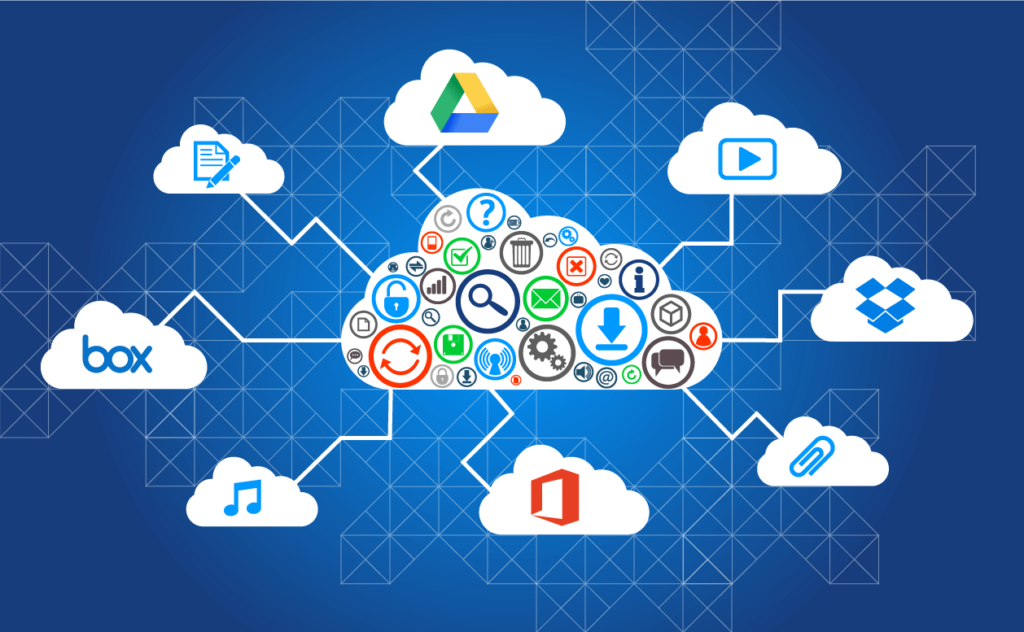Beyond Boundaries: Log Management Strategies in the Cloud Era
In the dynamic landscape of modern business, migration to the cloud isn’t just a trend; it’s a fundamental reshaping of organizations’ operations. Among the countless aspects of transformation, log management takes center stage. As businesses bid farewell to traditional server setups, the cloud emerges as a catalyst, bringing opportunities and challenges.
From deciphering the complexities of cloud-driven analytics to unveiling the security strategies needed in the digital sky, we will untie the layers of cloud log management, ensuring that every reader, regardless of their technical background, can grasp the essence of this pivotal evolution. The cloud isn’t just a technological upgrade; it’s a strategic move that influences the financial landscape, promising efficiency and a robust return on investment.
Cloud-Driven Log Management
Unlike traditional methods, where logs were relegated to archival duties, cloud log management is a dynamic process beyond mere storage. It empowers businesses with actionable insights from vast datasets, unlocking the potential for informed decision-making. Organizations can store logs efficiently and analyze them in real-time by leveraging the cloud’s scalability and processing power. This agility in handling log data becomes a strategic advantage, enabling businesses to proactively respond to emerging trends, security threats, and operational nuances. The cloud becomes not just a repository for logs but a dynamic platform that fuels operational excellence through data-driven intelligence.
Why Cloud Log Management is a Game Changer
Real-Time Analysis: Cloud log management facilitates real-time analysis, unlike static log storage. Businesses can derive meaningful insights promptly, empowering them to make informed decisions swiftly.
Enhanced Security: Cloud providers implement robust security measures, ensuring the integrity and confidentiality of log data. Encryption, access controls, and compliance features create a secure log management environment.
Automated Log Retention: It often has automated log retention policies. This ensures that businesses retain the necessary log data for compliance and auditing purposes without the risk of unintentional data loss. Automation reduces the administrative burden associated with log management.

Cloud Security: Best Practices for Robust Log Management
Securing log management is paramount in today’s digital landscape, where data is the lifeblood of any operation. As we entrust our crucial information to the cloud, adopting the best practices and strategies that ensure the robust security of our log management processes becomes imperative.
Encryption in Transit and at Rest:
One of the foundational pillars of log security is the implementation of robust encryption mechanisms. Encrypting log data both in transit and at rest adds an extra layer of protection, ensuring that our log information remains unintelligible to unauthorized eyes even if intercepted.
Access Controls and Permissions:
The principle of least privilege is a guiding light when securing log data. Defining granular access controls and permissions ensures that only those with a valid need can access sensitive log information. This helps in mitigating the risk of data exposure.
Regular Security Audits:
Regular security audits of our log management infrastructure provide insights into potential vulnerabilities. This proactive approach enables us to recognize and address security gaps promptly.
Multi-Factor Authentication (MFA):
Adding an extra layer of defense, multi-factor authentication is a cornerstone in securing log management system access. MFA significantly reduces the risk of unofficial access by requiring multiple forms of identification, fortifying our overall security posture.
Secure APIs and Integrations:
In a connected world, where log management systems often integrate with various cloud services, ensuring the security of these connections is vital. Implementing secure APIs and thoroughly validating the security measures of third-party integrations safeguards against potential vulnerabilities.
Data Masking and Anonymization:
Applying data masking and anonymization techniques is akin to wearing a cloak of invisibility for sensitive log data. Even in the event of unauthorized access, the exposed information remains unintelligible, preserving privacy and adhering to compliance standards.
As we embrace these practices, we fortify our log management and the foundation of our digital operations.
Wrapping Up
As I reflect on these best practices, it’s not just a checklist; it’s a narrative of resilience and foresight. The encryption, access controls, and continuous monitoring aren’t just technicalities; they’re the guardians of our digital trust. Embracing these practices isn’t a burden; it’s a shared responsibility, a pact we make to safeguard the integrity of our data. As we navigate the cloud, let’s not see these measures as hurdles but as enablers, empowering us to leverage the full potential of the digital frontier securely. In this era of perpetual connectivity, our commitment to robust log management practices is not just necessary; it’s our declaration of digital sovereignty. For more insightful blogs, visit auxin.io







